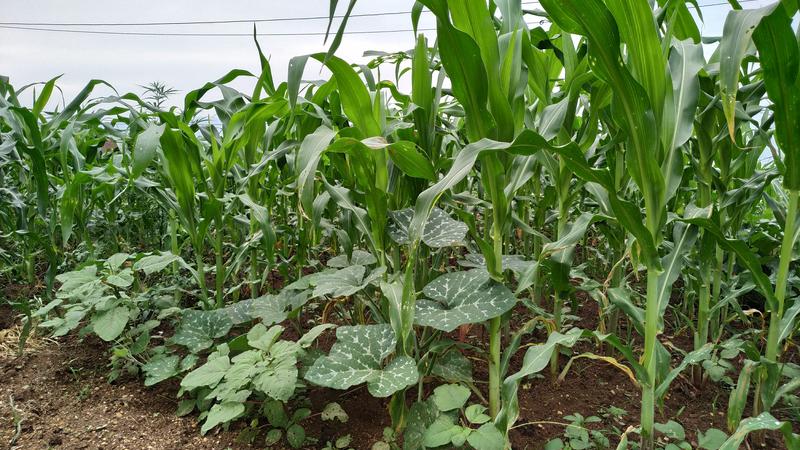
Intercropping research growing across prairies, farmers urged to start small
HUMBOLDT, Sask. — Intercropping is far from a new idea, including for Western Canadian commodity growers.
Now the multiple crops, or companion planting, method has seen a resurgence in the last few years, according to Lana Shaw with the South East Research Farm.
The method where growers intentionally plant multiple crops in close proximity to each other—in Canada, the two prominent methods are planting seeds interspersed among the same row or along alternating rows—dates back to the three sisters planting by Indigenous growers; squash, corn, and peas in the same mound providing both stability, nitrogen fixation, and weed control.
Intercropping in different forms is common around the world but turning to intercrop with full-scale mechanization and broad acres is not common right now in the Canadian agriculture industry, Shaw told farmnewsNOW. In Western Canada, intercropping accounts for tens of thousands of acres in each prairie province but the data collection is problematic. In Saskatchewan, approximately 70,000 acres of intercropping was documented by Saskatchewan Crop Insurance in 2019 but the data does not say who or where this intercropping is taking place, said Shaw.


